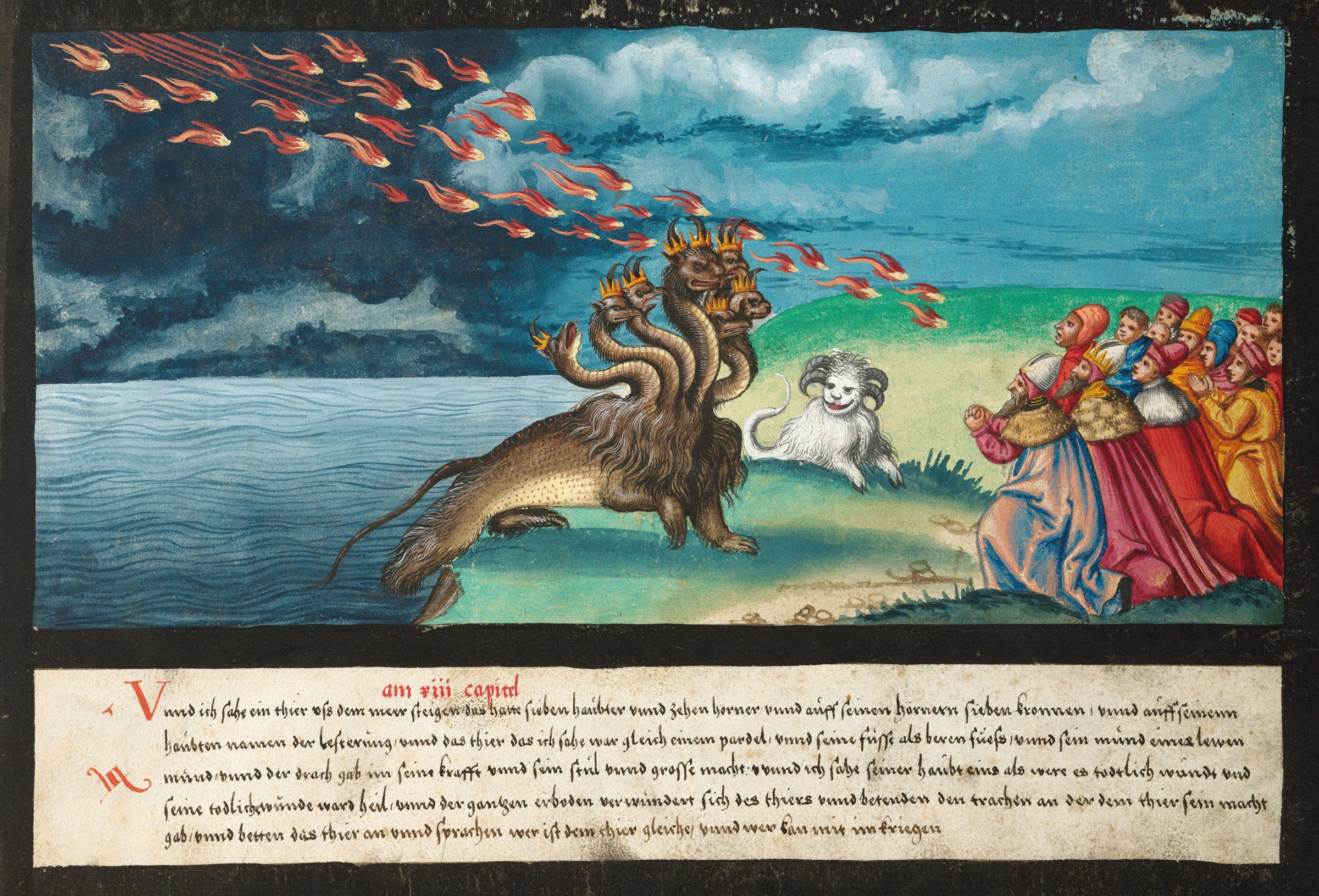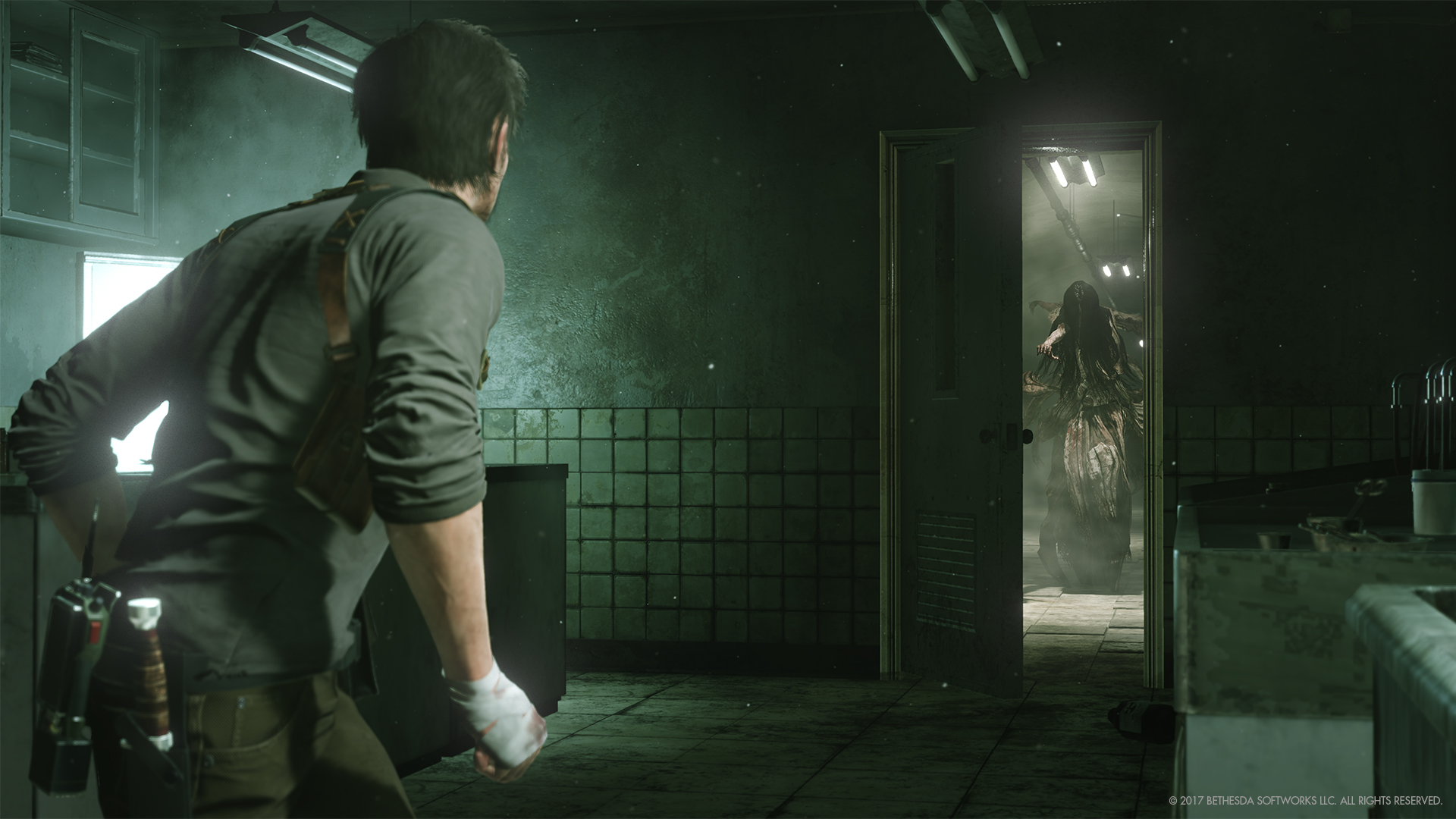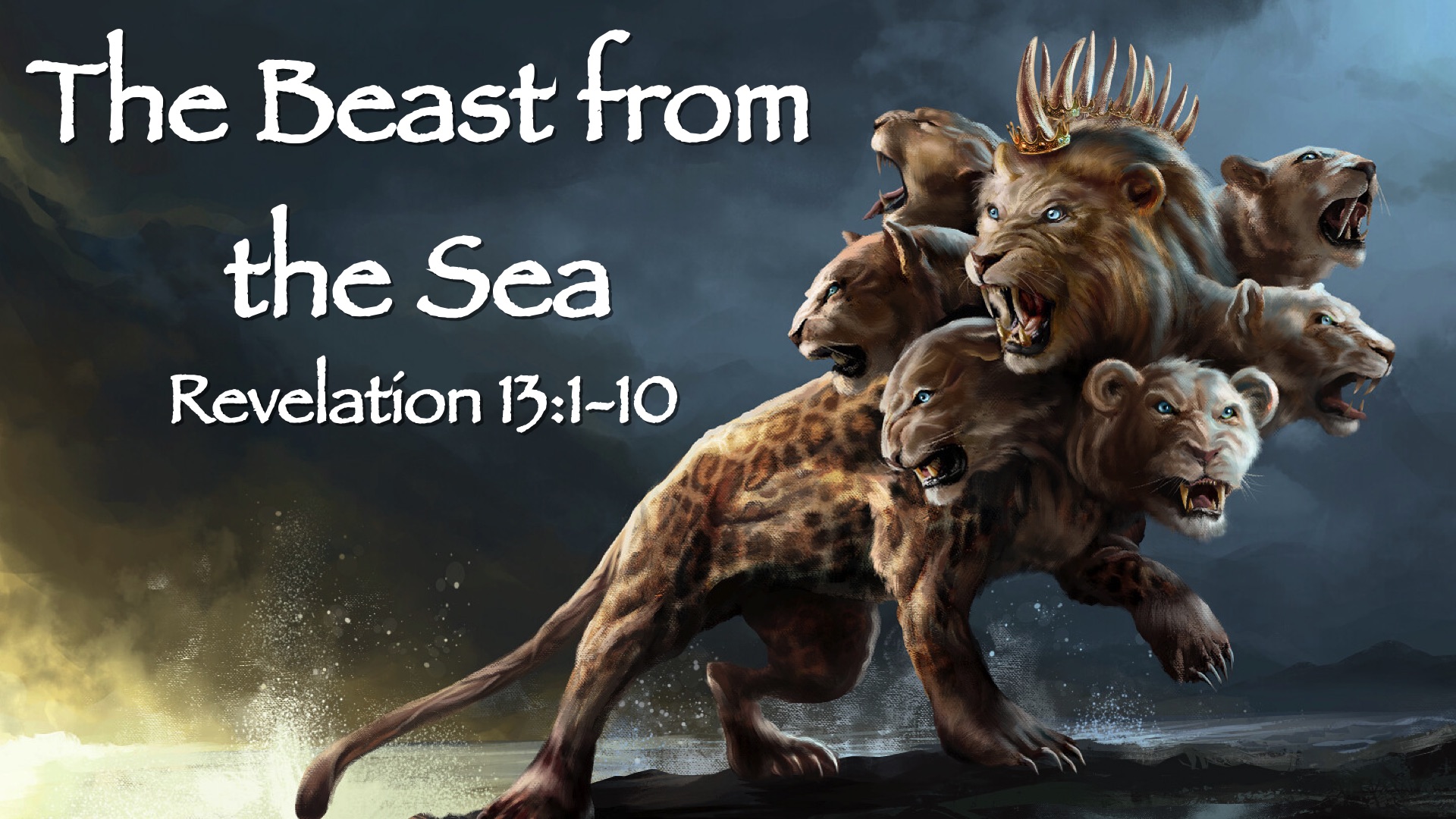Journey into the depths of “The Beast Within Chapter 1,” where the enigmatic beast takes center stage, captivating readers with its haunting presence and profound symbolism. Prepare to delve into a realm of literary exploration as we dissect the character, symbolism, literary devices, and profound themes that intertwine to create a gripping and unforgettable narrative.
In this chapter, we encounter a beast that embodies both physical and psychological dimensions, its motivations and desires leaving us questioning the very nature of humanity. The beast’s complex relationship with the protagonist sets the stage for an exploration of inner conflict and the struggle between good and evil.
Characterization of the Beast: The Beast Within Chapter 1
The beast is a monstrous creature that haunts the protagonist’s nightmares. It is described as having a massive, wolf-like body with razor-sharp claws and teeth. Its fur is a matted, sickly green, and its eyes glow an eerie red. The beast’s presence is accompanied by a stench of decay and a low, guttural growl.
The beast’s motivations are unclear, but it seems to be driven by a primal hunger for destruction. It attacks without mercy, and its victims are often torn apart and devoured. The beast’s relationship with the protagonist is complex. It seems to be both drawn to and repelled by the protagonist, and its attacks often seem to be attempts to get the protagonist’s attention.
Physical Appearance
- Massive, wolf-like body
- Razor-sharp claws and teeth
- Matted, sickly green fur
- Eerie red eyes
- Stench of decay
- Low, guttural growl
Motivations and Desires
- Driven by a primal hunger for destruction
- Attacks without mercy
- Victims are often torn apart and devoured
Relationship with the Protagonist
- Complex relationship
- Drawn to and repelled by the protagonist
- Attacks seem to be attempts to get the protagonist’s attention
Symbolism and Allegory

The beast in Chapter 1 of The Beast Within carries a profound symbolic and allegorical significance. It embodies a multitude of societal issues and human flaws, reflecting the complexities of human nature.
Symbolic Meaning
The beast symbolizes the untamed, primal instincts that lurk within all individuals. It represents the raw, unbridled emotions and desires that, if left unchecked, can lead to destructive consequences. The beast’s physical manifestations—its sharp claws, razor-sharp teeth, and fiery breath—evoke fear and danger, mirroring the potential for chaos and harm that lies within the human psyche.
Societal Issues
On a societal level, the beast represents the darker aspects of humanity that manifest in social injustice, violence, and oppression. It symbolizes the animalistic tendencies that can surface in times of conflict, leading to atrocities and human suffering. The beast’s presence within the story serves as a warning against allowing these instincts to dominate, as they can tear apart the fabric of society.
Human Flaws
The beast also embodies the personal flaws and weaknesses that plague individuals. It represents the inner struggles, temptations, and fears that can lead to self-destruction. The beast’s relentless pursuit of the protagonist reflects the constant battle between reason and impulse, between virtue and vice. Through its interactions with the protagonist, the beast exposes the fragility of human resolve and the potential for even the most well-intentioned individuals to succumb to their darker impulses.
Allegorical Nature
The allegorical nature of Chapter 1 is evident in its portrayal of the beast as a physical manifestation of the protagonist’s inner turmoil. The beast’s pursuit of the protagonist symbolizes the struggle between the protagonist’s desire for redemption and his fear of succumbing to his darker impulses. The chapter serves as a cautionary tale, reminding readers of the consequences of ignoring or suppressing one’s inner demons and the importance of facing them with courage and determination.
Literary Devices and Techniques

This chapter employs a range of literary devices to create a vivid and unsettling atmosphere. Foreshadowing hints at the horrors to come, while imagery and symbolism evoke the beast’s menacing presence.
Foreshadowing
Throughout the chapter, subtle hints foreshadow the beast’s emergence. The villagers’ unease, the ominous sounds emanating from the forest, and the mysterious disappearance of livestock all suggest that something sinister is lurking nearby.
Imagery
Vivid imagery paints a vivid picture of the beast. Its “yellow eyes gleamed in the darkness,” its “sharp claws scraped against the ground,” and its “breath came in ragged gasps.” These details create a palpable sense of fear and anticipation.
Symbolism
The beast serves as a potent symbol of the primal instincts and fears that lurk within all humans. Its savagery and brutality represent the destructive forces that can erupt when these instincts are unchecked.
Language and Tone
The author’s use of language and tone contributes significantly to the chapter’s atmosphere. The frequent use of adjectives and adverbs, such as “ominous,” “terrifying,” and “horrific,” intensifies the sense of dread and foreboding.
Structure
The chapter’s structure mirrors the progression of the beast’s emergence. The initial sense of unease gradually escalates into full-blown terror as the beast’s presence becomes undeniable.
Themes and Motifs
![]()
The opening chapter of The Beast Within establishes several central themes and motifs that resonate throughout the novel. These elements provide a framework for exploring the complex interplay between good and evil, the nature of human duality, and the consequences of our choices.
Theme: The Struggle Between Good and Evil
The conflict between good and evil is a pervasive theme in the chapter. This struggle is embodied in the protagonist, Henry Jekyll, who grapples with his dual nature. On the one hand, he is a respected doctor and scientist, driven by a desire to do good. On the other hand, he harbors a dark and violent alter ego, Edward Hyde, who represents his repressed desires and impulses.
Motif: Duality, The beast within chapter 1
The motif of duality is closely tied to the theme of good and evil. Jekyll and Hyde represent the two opposing sides of human nature, the civilized and the savage. This duality is further emphasized by the contrasting settings of the novel, from the respectable streets of London to the dark and sinister alleys where Hyde lurks.
Motif: Transformation
Transformation is another recurring motif in the chapter. Jekyll’s physical transformation into Hyde symbolizes the release of his repressed desires. This transformation is both exhilarating and terrifying, as Jekyll loses control over his own body and mind.
Motif: Identity
The question of identity is central to the chapter. Jekyll struggles to reconcile his two identities, Jekyll and Hyde. As Hyde, he experiences a sense of liberation and power, but he also becomes increasingly isolated and alienated from society.
Contribution to the Novel’s Message
These themes and motifs contribute to the novel’s overall message about the nature of good and evil and the consequences of our choices. The Beast Within explores the idea that within each of us lies the potential for both good and evil. Our choices determine which side of our nature will prevail.
Conclusive Thoughts

As we conclude our analysis of “The Beast Within Chapter 1,” we recognize the profound impact of its literary devices, themes, and motifs. The beast serves as a mirror, reflecting the flaws and fears that lurk within us all. Through its symbolic nature, the chapter invites us to confront our own inner struggles and the societal issues that shape our world. Ultimately, this chapter leaves us with a haunting reminder of the duality of human nature and the eternal battle between the beast within and the aspirations of our higher selves.
Question & Answer Hub
What is the physical appearance of the beast?
The beast is described as a shadowy figure, with sharp claws, piercing eyes, and a menacing grin.
What are the beast’s motivations and desires?
The beast seeks power and control, driven by an insatiable hunger that threatens to consume all in its path.
How does the beast represent a larger societal issue or human flaw?
The beast symbolizes the darkness that resides within all of us, the primal instincts and fears that we often suppress or deny.

